4 Tips to Keep your Vintage Automobile's Upholstery Looking Timeless
When it comes to your leather upholstery for your classic car, proper maintenance is the secret to keeping your upholstery looking good as new. Maintenance can be a hassle, if you aren’t prepared for the task. There are many techniques, and cleaning products, so take the time to research what is best for your specific leather upholstery. This will guarantee, that you won’t risk accidently damaging your upholstery.
The reason why cleaning your interior is worth all the hassle, is because regular light cleaning will help maintain your seats and increase their lifespan.
Here are a few tips, on how to keep your interior showroom ready.
Here are a few tips, on how to keep your interior showroom ready.
1: What Type of Leather?
You need to know if you have finished or unfinished leather. Most car manufactures disclose the type of leather used in car seats, but if you still aren’t sure, test a small dot on an inconspicuous area with water, if it leaves a mark, it is uncoated leather.
Uncoated leather: While unfinished conditions nicely, it doesn’t repel liquids. For this reason, you need to use a quality conditioner in addition to a cleaners. Look for products that are PH-balanced, and safe for uncoated leather, to ensure you restore the leather’s natural beauty.
Coated leather: There is no need to use a leather conditioner, because the conditioner won’t be able to be absorbed. So after you are finished cleaning the upholstery, use a high-quality protectant to prevent fading, cracking, or stains.
Uncoated leather: While unfinished conditions nicely, it doesn’t repel liquids. For this reason, you need to use a quality conditioner in addition to a cleaners. Look for products that are PH-balanced, and safe for uncoated leather, to ensure you restore the leather’s natural beauty.
Coated leather: There is no need to use a leather conditioner, because the conditioner won’t be able to be absorbed. So after you are finished cleaning the upholstery, use a high-quality protectant to prevent fading, cracking, or stains.
2: Quick maintenance
Dry Brush: Whenever you have a chance, run a dry clean soft-bristle brush rub in circular motion over the leather features. This will help prevent debris from building up, and collecting on your seats which could cause potential damage.
Vacuum: A couple times a month or as often as you deem relevant, use a vacuum to remove all debris fragments from your interior.
Vacuum: A couple times a month or as often as you deem relevant, use a vacuum to remove all debris fragments from your interior.
3: Cleaning
Detailing:You can leave the cleaning to an auto detailing expert once a month. They will be able to properly car for your upholstery, and warn you of any potential issues, and can give you a reliable estimate to get the problem taken care of quickly. However, you can also clean your vehicles upholstery regularly yourself.
Cleaning: Leather can be clean with a combination of warm water, and neutral soap, or invest in a cleaner specifically for your leather upholstery. Use a soft cloth to apply the clean solution, as soon as you have given the surface a good cleaning, remove the solution with a dry microfiber cloth. Don’t leave the solution on the leather, dry by itself.
If you would like to do regular monthly cleaning, invest in a leather specific cleaning solution. Please beware, that too much water-based solutions will weaken the fabric and color with regular use. However, specifically designed leather cleaning solution, will not damage the fabric in anyway.
Heated Seats?
Use the same method, but spray cleaning solution onto microfiber cloth, rather, than directly onto seat.
Cleaning tips:
Steaming Cleaning:
A steamer will work wonders to exfoliate your seat. Spray some solution of the area, put a microfiber towel over the steamer, applying moderate pressure, work over small areas at a time,and use another towel to frequently dry the finished seat.
Cleaning: Leather can be clean with a combination of warm water, and neutral soap, or invest in a cleaner specifically for your leather upholstery. Use a soft cloth to apply the clean solution, as soon as you have given the surface a good cleaning, remove the solution with a dry microfiber cloth. Don’t leave the solution on the leather, dry by itself.
If you would like to do regular monthly cleaning, invest in a leather specific cleaning solution. Please beware, that too much water-based solutions will weaken the fabric and color with regular use. However, specifically designed leather cleaning solution, will not damage the fabric in anyway.
Heated Seats?
Use the same method, but spray cleaning solution onto microfiber cloth, rather, than directly onto seat.
Cleaning tips:
- Vacuum first. Make sure to use a special upholstery attachment to prevent scratching
- Always clean a small section at a time.
- Never let the solution dry up on the leather, always wipe solution up with a microfiber towel
- When selecting a product solution, always start first with the less aggressive to the most aggressive solution if needed.
- Least aggressive cleaning: Spray the section you want to clean, clean by using moderate pressure, and wipe dry with microfiber towel
Steaming Cleaning:
A steamer will work wonders to exfoliate your seat. Spray some solution of the area, put a microfiber towel over the steamer, applying moderate pressure, work over small areas at a time,and use another towel to frequently dry the finished seat.
4: Condition
Leather conditioner help to keep your seats from getting stiff, and helps preserve their color. Before conditioning:
- Have leather be clean, and completely dry
- Don’t be afraid of too much conditioner, excess will wipes off with a microfiber towel
- Let conditioner sit for 20-30 minutes
- Don’t use cheap product, unless you are certain that the product is reliable
- Condition your seats every 3-5 weeks

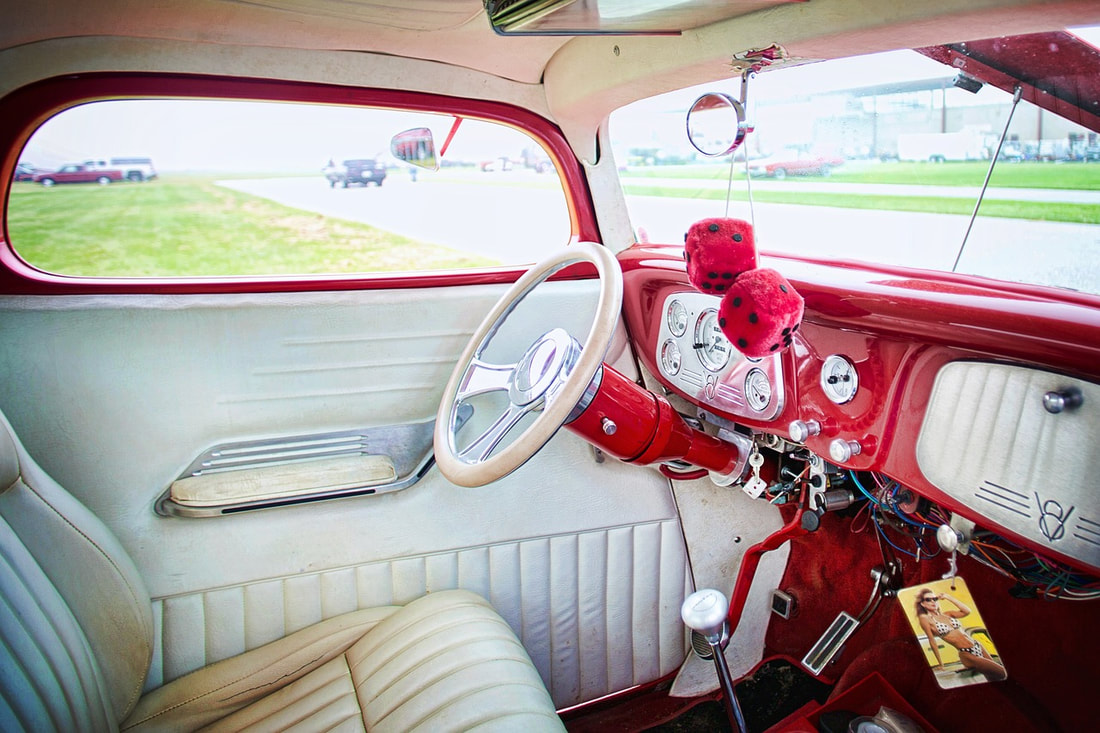
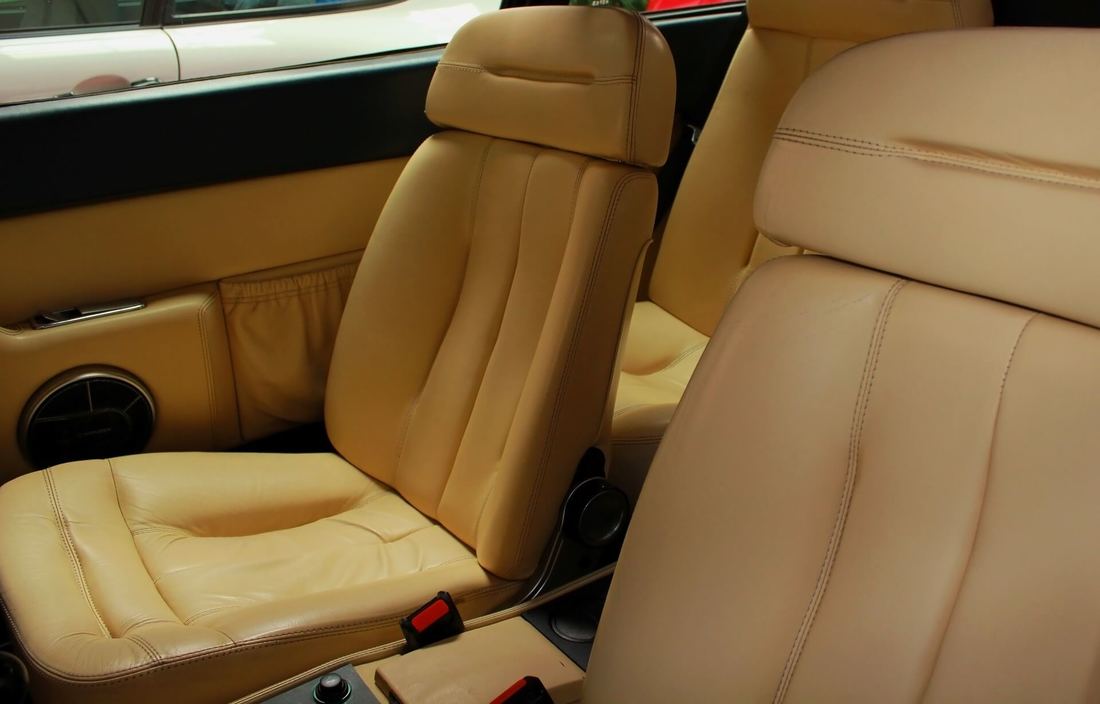

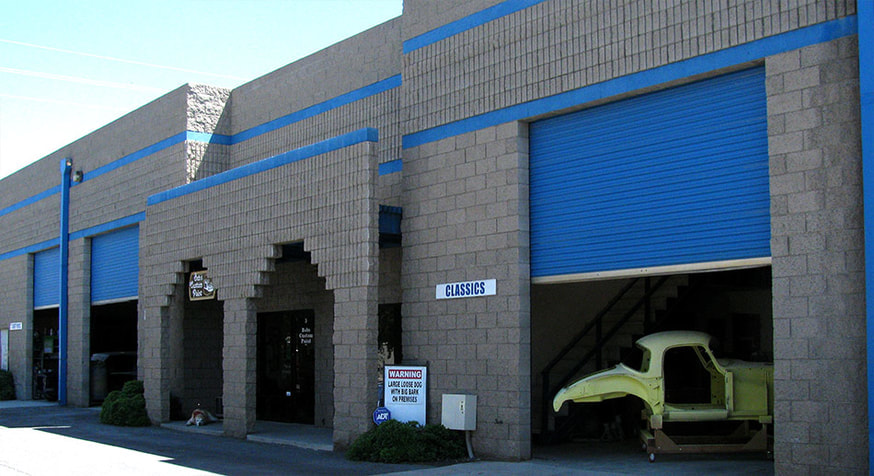
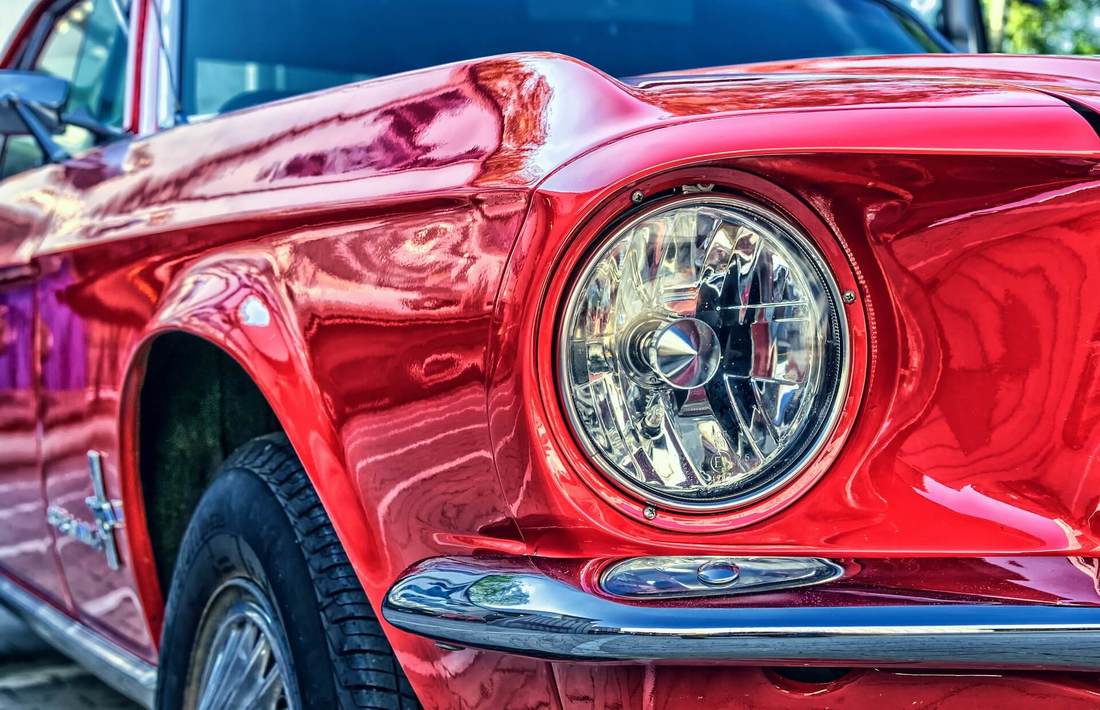
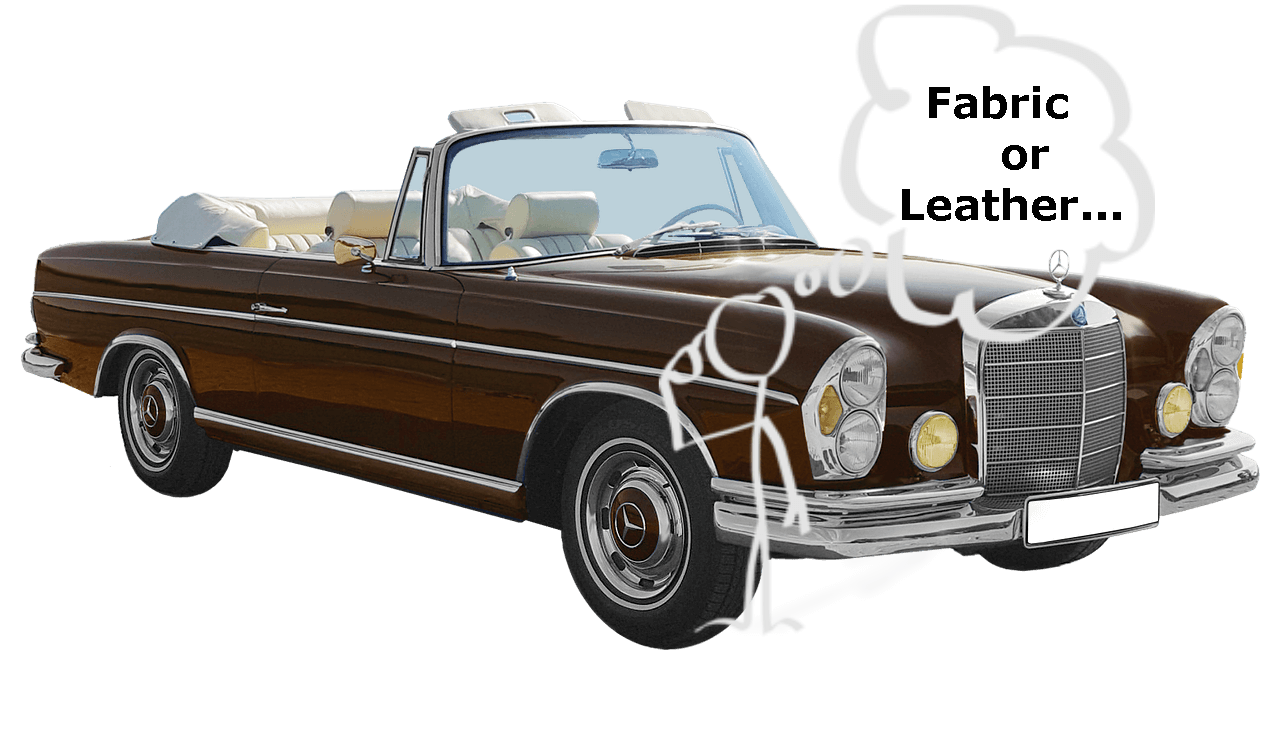

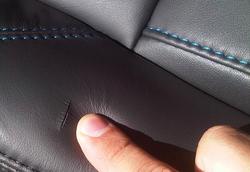
 RSS Feed
RSS Feed
